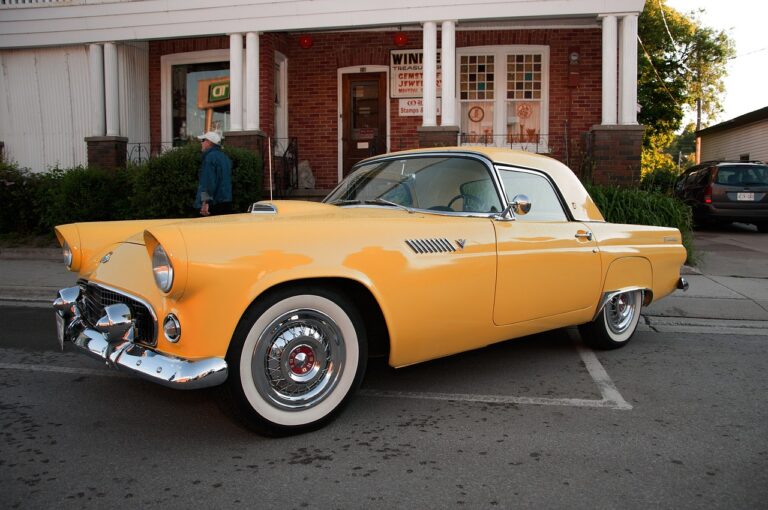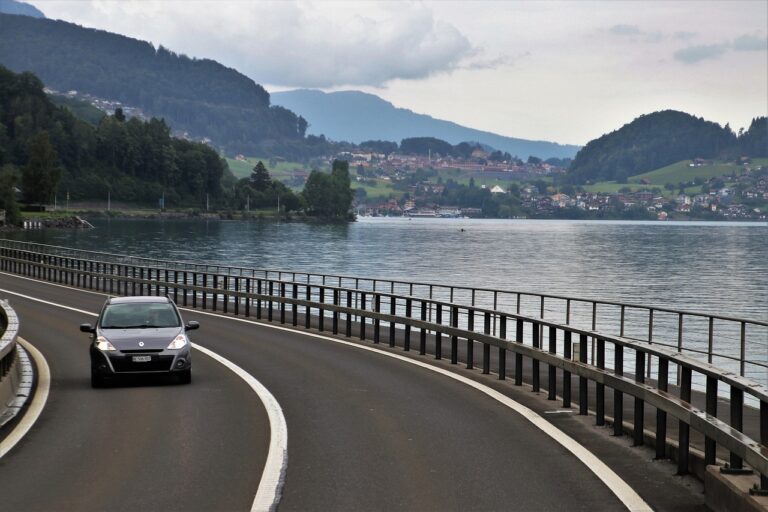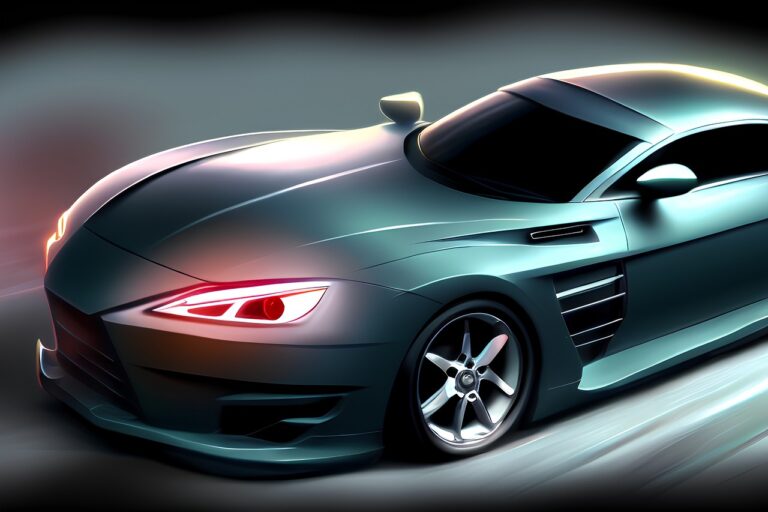Designing Cars for Different Generations: Millennials vs. Baby Boomers
silverexch, goldenexch. bet, betbook247: Designing Cars for Different Generations: Millennials vs. Baby Boomers
When it comes to designing cars, manufacturers face the challenge of catering to the diverse preferences of different generations. Millennials and Baby Boomers, in particular, have distinct tastes and expectations when it comes to the vehicles they drive. Understanding these differences is crucial for automotive companies looking to create cars that appeal to a broad range of consumers. In this article, we explore the unique design considerations for cars targeted at Millennials and Baby Boomers.
Who are Millennials and Baby Boomers?
Before delving into the specifics of designing cars for different generations, let’s first define who Millennials and Baby Boomers are.
Millennials, also known as Generation Y, typically refer to individuals born between 1981 and 1996. This generation came of age during the rise of the internet and digital technology, shaping their preferences and behaviors.
On the other hand, Baby Boomers are individuals born between 1946 and 1964. This generation grew up during a period of economic prosperity and rapid social change, influencing their values and lifestyle choices.
Now that we have a better understanding of these generational cohorts, let’s explore how their preferences impact car design.
Designing Cars for Millennials
Headings:
1. Tech-Savvy Features
2. Sustainable Materials
3. Versatile Interior Space
4. Connectivity Options
5. Urban Mobility Solutions
6. Personalization Options
Millennials are known for their tech-savvy nature and desire for innovative features in their vehicles. When designing cars for Millennials, manufacturers must incorporate cutting-edge technology that enhances the driving experience. Features such as advanced infotainment systems, smartphone integration, and voice-activated controls are essential to appeal to this demographic.
In addition to technology, Millennials prioritize sustainability and environmental consciousness. Car designs that incorporate sustainable materials, energy-efficient engines, and eco-friendly manufacturing processes are likely to resonate with this generation. Hybrid and electric vehicles are particularly popular among Millennials who are environmentally conscious.
Another key consideration when designing cars for Millennials is interior space and versatility. Many Millennials lead active lifestyles and value vehicles that offer flexible cargo space and seating configurations. Manufacturers should prioritize creating cars that can easily adapt to accommodate various needs, whether it’s transporting sports equipment or camping gear.
Connectivity options are also crucial for Millennials, who are accustomed to staying connected at all times. Cars with seamless integration with smartphones, WiFi hotspots, and smart home technology are highly sought after by this demographic. Features like wireless charging pads, Bluetooth connectivity, and hands-free calling are essential for a connected driving experience.
As urban dwellers, many Millennials prioritize cars that offer solutions for navigating city streets and limited parking spaces. Compact cars with agile handling, efficient fuel economy, and advanced parking assist technology are popular choices among this generation. Additionally, electric scooters or bikes that can be stored in the car are practical options for urban mobility.
Personalization options are essential for Millennials who value self-expression and individuality. Car designs that offer customizable features, such as interchangeable seat covers, ambient lighting options, and customizable dashboard displays, allow Millennials to personalize their vehicles to reflect their unique style.
In summary, designing cars for Millennials requires a focus on tech-savvy features, sustainable materials, versatile interior space, connectivity options, urban mobility solutions, and personalization options. By incorporating these elements into car designs, manufacturers can create vehicles that resonate with the preferences and lifestyles of Millennials.
Designing Cars for Baby Boomers
Headings:
1. Comfort and Convenience
2. Safety Features
3. Classic Styling
4. Easy Accessibility
5. Quality Materials
6. Enhanced Visibility
Baby Boomers prioritize comfort and convenience when it comes to car design. Vehicles targeted at this generation should offer plush seating, smooth suspension, and intuitive controls for a relaxed driving experience. Features like power-adjustable seats, automatic climate control, and a quiet cabin are essential for meeting the comfort needs of Baby Boomers.
Safety features are paramount for Baby Boomers, who value peace of mind while on the road. Car designs that incorporate advanced safety technologies, such as collision warning systems, blind-spot monitoring, and lane-keeping assist, are highly desirable for this generation. Additionally, easy-to-read gauges, large buttons, and intuitive controls enhance the overall safety of the driving experience.
Classic styling is another key consideration when designing cars for Baby Boomers. This generation appreciates timeless design elements, such as chrome accents, woodgrain trim, and understated elegance. Car designs that evoke a sense of nostalgia while incorporating modern amenities appeal to Baby Boomers who value tradition and sophistication.
Ease of accessibility is essential for Baby Boomers, many of whom may have mobility limitations. Vehicles with wide door openings, low step-in heights, and adjustable seats make it easier for Baby Boomers to enter and exit the vehicle comfortably. Features like power-operated tailgates and sliding doors further enhance accessibility for this demographic.
Quality materials are a top priority for Baby Boomers, who appreciate craftsmanship and durability. Car designs that use premium materials, such as leather upholstery, real wood accents, and soft-touch surfaces, convey a sense of luxury and sophistication. Attention to detail and high-quality finishes are key to meeting the expectations of Baby Boomers.
Enhanced visibility is crucial for Baby Boomers, many of whom value safety and practicality in their vehicles. Cars with large windows, narrow roof pillars, and adjustable mirrors provide excellent visibility and make it easier for Baby Boomers to navigate traffic and parking. Features like automatic headlights and rain-sensing wipers further enhance visibility and convenience.
In summary, designing cars for Baby Boomers requires a focus on comfort and convenience, safety features, classic styling, easy accessibility, quality materials, and enhanced visibility. By incorporating these elements into car designs, manufacturers can create vehicles that cater to the preferences and lifestyles of Baby Boomers.
FAQs
1. How do Millennials and Baby Boomers differ in terms of car preferences?
Millennials prioritize technology, sustainability, versatility, connectivity, urban mobility, and personalization in car design. Baby Boomers value comfort, safety, classic styling, accessibility, quality materials, and visibility in their vehicles.
2. What are some examples of car features that appeal to Millennials?
Tech-savvy features like advanced infotainment systems, smartphone integration, and voice-activated controls are popular among Millennials. Sustainable materials, versatile interior space, connectivity options, urban mobility solutions, and personalization options are also key considerations.
3. How can car manufacturers create vehicles that appeal to both Millennials and Baby Boomers?
Car manufacturers can create vehicles that appeal to both generations by incorporating a combination of tech-savvy features, sustainable materials, comfort-focused amenities, safety technologies, versatile interior space, classic styling elements, connectivity options, and quality materials.
4. What are some design trends that cater to the preferences of Millennials and Baby Boomers?
Design trends that cater to Millennials include sleek and modern aesthetics, eco-friendly materials, compact and agile designs, and customizable features. Design trends that cater to Baby Boomers include timeless design elements, premium materials, comfort-focused amenities, and enhanced safety features.
In conclusion, designing cars for different generations requires a nuanced understanding of their preferences and lifestyles. By tailoring car designs to the unique needs and expectations of Millennials and Baby Boomers, manufacturers can create vehicles that appeal to a broad range of consumers. Whether it’s incorporating cutting-edge technology for Millennials or classic styling for Baby Boomers, car designers play a crucial role in shaping the future of automotive innovation.







